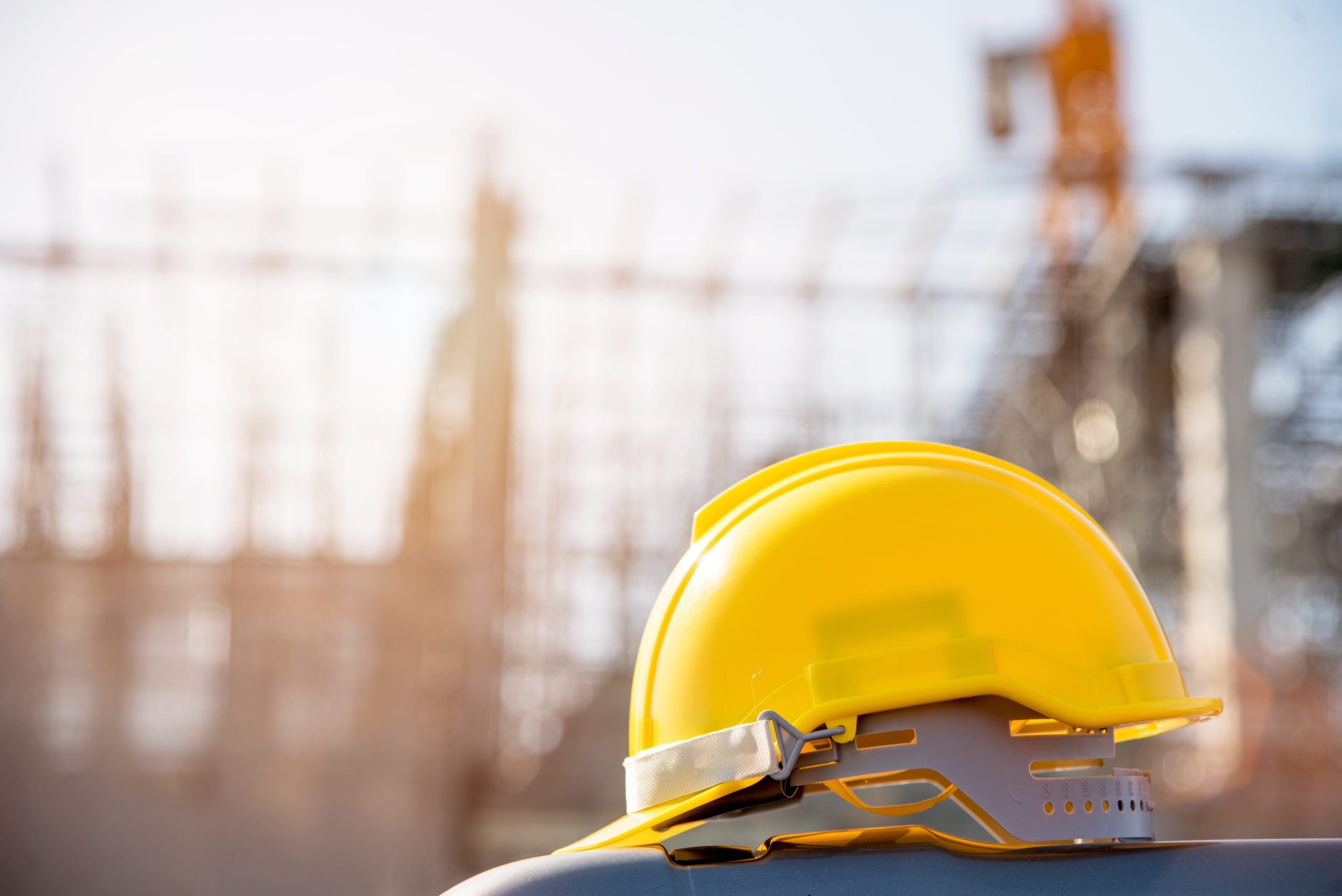- People
- Expertise
Our expertise
We are a team of more than 500 professionals, with the depth of experience which makes us genuine experts in our fields. Together, gunnercooke’s people have strength across just about every corporate discipline and sector. We provide legal, commercial and strategic advice that delivers real value to the clients we work with, which span from multinational enterprises through to unicorns and non-for-profit organisations. Our breadth of expertise covers some of the most interesting and important emerging disciplines, from ESG and charity law, to blockchain and competition.
Search by practice areaDispute ResolutionDispute Resolution OverviewMeet the Dispute Resolution TeamIntellectual Property DisputesFinancial Services & FinTech OverviewProceeds of CrimeEmployment TribunalTax InvestigationProperty Dispute ResolutionInsolvency DisputesMediationCivil Fraud & Asset TracingHealth & SafetyBusiness Crime & InvestigationsLitigation & ArbitrationInternational Arbitration - International
International Offices
gunnercooke has 12 offices globally including the UK, Scotland, US, Germany and CEE, with further plans for growth in the coming years. These offices enhance the existing in-house capability of our dedicated international teams and dual-qualified experts that cover China and Hong Kong, Spain, France, Italy, Brazil and Portugal. Our team has experience working across 101 different countries, speaking 30 languages and are dual-qualified in 15 jurisdictions. Our expertise means we can offer large teams to carry out complex cross-border matters for major international clients.
- Our story
Our story
gunnercooke is the fastest growing corporate law firm in the UK, now making its mark globally. We comprise a rapidly growing number of experts spanning legal and other disciplines. Clients benefit from flexible options on fees to suit their needs, access to a wider network of senior experts throughout the relationship, and legal advice which is complemented by an understanding of the commercial aspects of running a business.
- Reading Room
- News & Insights

The development of the law relating to the Building Safety Act continues at pace. The government published new secondary legislation under the Building Safety Act 2022 (“BSA”) on 17 August 2023, which came into force on 1 October 2023. These regulations extend the client’s/developer’s obligations in the construction of buildings, with enhanced requirements for higher-risk buildings (“HRB”).
As part of the legislation, the government has confirmed the Health and Safety Executive as the Building Safety Regulator (“BSR”), who now have comprehensive powers relating to HRB. The BSR will be playing a pivotal role in the ongoing management of building safety risks and ensuring the competence of those in the construction industry. The BSR will have the ability, and a duty, to challenge the safety of a building through the entire process, from the initial design phase through to occupation. The evident need for regulation has led the government in collaboration with the building control sector, to introduce this regulatory oversight, to elevate standards across the sector.
The New Duties
The BSA as amended, outlines new obligations for developers (or “clients” as referred to in the legislation). It is essential for a client to become familiar with these responsibilities, which include:
- Making suitable arrangements for the planning, management and monitoring of a project.
- Ensuring that the planning, management and monitoring of the works is compliant with the relevant requirements of the building regulations, and that they are maintained throughout the project.
- Co-operation with any person in relation to a project to every party is able to fulfil its respective function under the building regulations.
Ensuring the Competency of Dutyholders
There is now an obligation on the client to ensure that the parties appointed, including the principal designer and contractor are competent in their respective roles. If a client fails to appoint someone, the principal designer and principal contractor responsibilities are retained by the client. A framework introduced by BSI, the Publicly Available Standards (PAS 8671:2022, and 8673:2022) provides useful guidance on the minimum competence thresholds needed by principal designer and principal contractors, including the additional requirements for HRB. A dutyholder will need the skills, knowledge and experience and behaviours necessary to fulfil their duties in relation to the building project.
Interestingly to note, the duties of a principal contractor and principal designer under the BSA are completely separate duties under the Construction Design and Management Regulations 2015 (“CDM”), notwithstanding that one party can (if they are competent to do so) perform the roles under both the CDM and BSA.
Determining the competence of the main dutyholders is not simply a theoretical exercise. For HRBs, clients will be required to make formal declarations to the BSA that they have checked competency, and provide evidence that they have done so.
Declaration of Compliance
The expanded obligations also include the submission of a declaration of compliance within five days of completing the works (or before occupation) to the local authority. This submission is not merely procedural; it serves as a formal declaration, affirming the project complied with all relevant building regulations and preventing, for example, simple reliance on the issue of a final certificate under the building regulations.
This requirement for a declaration of compliance is not limited to the client alone. It also extends to the principal contractor and the principal designer involved in the project. Both of these key dutyholders are obligated to independently confirm their compliance with their respective responsibilities under the BSA. This multi-layered approach to compliance ensures a thorough and comprehensive adherence to building regulations and will no doubt ensure there is accountability for individuals and organisations involved in the construction of buildings.
Breach of Duty Holder’s Responsibilities
Should a dutyholder fail to meet their obligations under the BSA, the BSR will have the authority to enforce sanctions. Such failures could lead to the rejection of applications for building control approval, resulting in project delays and additional costs. Moreover, these breaches can also constitute a criminal offence, potentially resulting in unlimited fines.
Understanding the Evolving Landscape of Building Safety Regulations
These changes demonstrate the continued evolution of the BSA, and the intention to improve accountability. It is therefore crucial, now more than ever, to be familiar with all the requirements, including the checks and submissions that now need to be made. The introduction of these new duties for clients and dutyholders encourages a considerably greater focus on safety in the construction process. As dutyholders work closely more closely with the BSR, this will promote health and safety and more comprehensive compliance with building regulations throughout the entire lifecycle of buildings. This measure should result in safer buildings and greater certainty for all involved in building projects.



